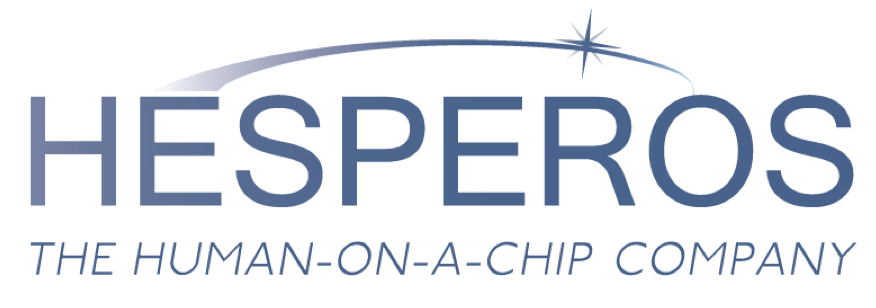Hesperos, Inc., announced today the receipt of a NIH Phase I Small Business Innovation Research (SBIR) grant from the National Institutes of Health (NIH) National Institute on Aging (NIA) to help create a new multi-organ “human-on-a-chip” model that can realistically mimic the biology of Alzheimer’s Disease (AD) and the effects of potential new therapies under realistic human physiological conditions.
“Development of a low-cost, easy-to-use system to assess drugs for AD would improve efficacy and toxicological evaluations for patient specific treatments, providing a significant benefit to the drug development community and patients.”
The AD model will be a three-organ system that includes brain cells (cortical neurons) and functioning liver and blood-brain-barrier constructs, as well as re-circulating blood and cerebral spinal fluid surrogates. This will enable scientists to study the body’s systemic response to any chemical introduced into the model, including how it metabolizes in the liver, and how it penetrates into the brain through the blood-brain barrier.
This is important, because the toxicity of drugs can change once metabolized. In some cases, they become less effective; in others, the metabolites that are produced can cause unexpected — and sometimes dangerous — effects. Current human-based in vitro toxicity studies have only limited capacity to predict such functional changes, and that has been the demise of many potential therapeutics.
“There are estimated to be 50 million people in the world with dementia — that’s more than the population of Spain, and it is projected to nearly triple by 2050. Many of the people with dementia have AD, resulting in an urgent need for new, effective treatment options for the disease,” said Hickman, Hesperos’s chief scientist and professor at the University of Central Florida’s Hybrid Systems Laboratory. “Development of a low-cost, easy-to-use system to assess drugs for AD would improve efficacy and toxicological evaluations for patient specific treatments, providing a significant benefit to the drug development community and patients.”
Hesperos scientists will make models using both healthy brain cells created from pluripotent stem cells, and cells with different mutations consistent with AD. Functional readouts of responses to drugs administered to the models will give valuable insights into both direct central nervous system effects and peripheral effects.
Later phases of the project will also test long-term effects, and include real patient samples, to test its viability as a tool to inform real-time, personalized treatment decisions as part of precision medicine.
“The integrated use of these pre-clinical test systems and physiologically based pharmacokinetic/pharmacodynamic models provides a powerful tool for evaluating the dynamic interaction between drugs, aging biological system and disease, and will facilitate rational drug development and clinical trial design,” said Dr. Shuler, Hesperos CEO and founding Chair of the Department of Biomedical Engineering at Cornell University.
